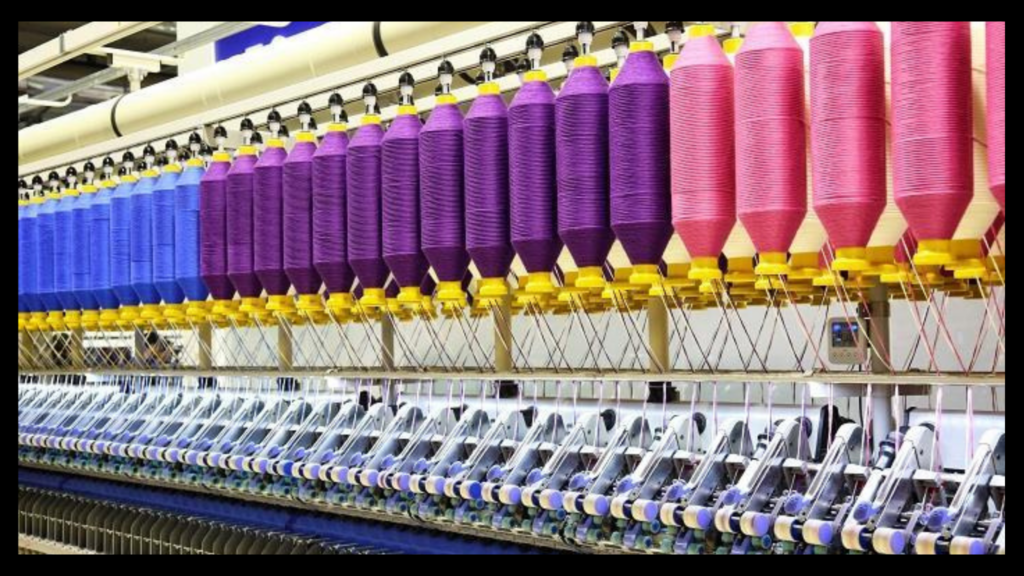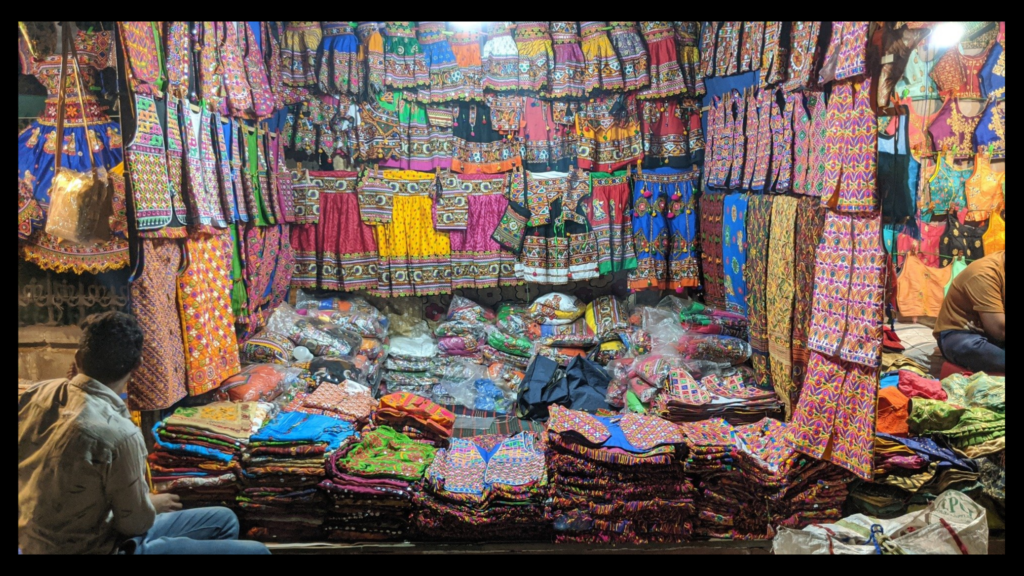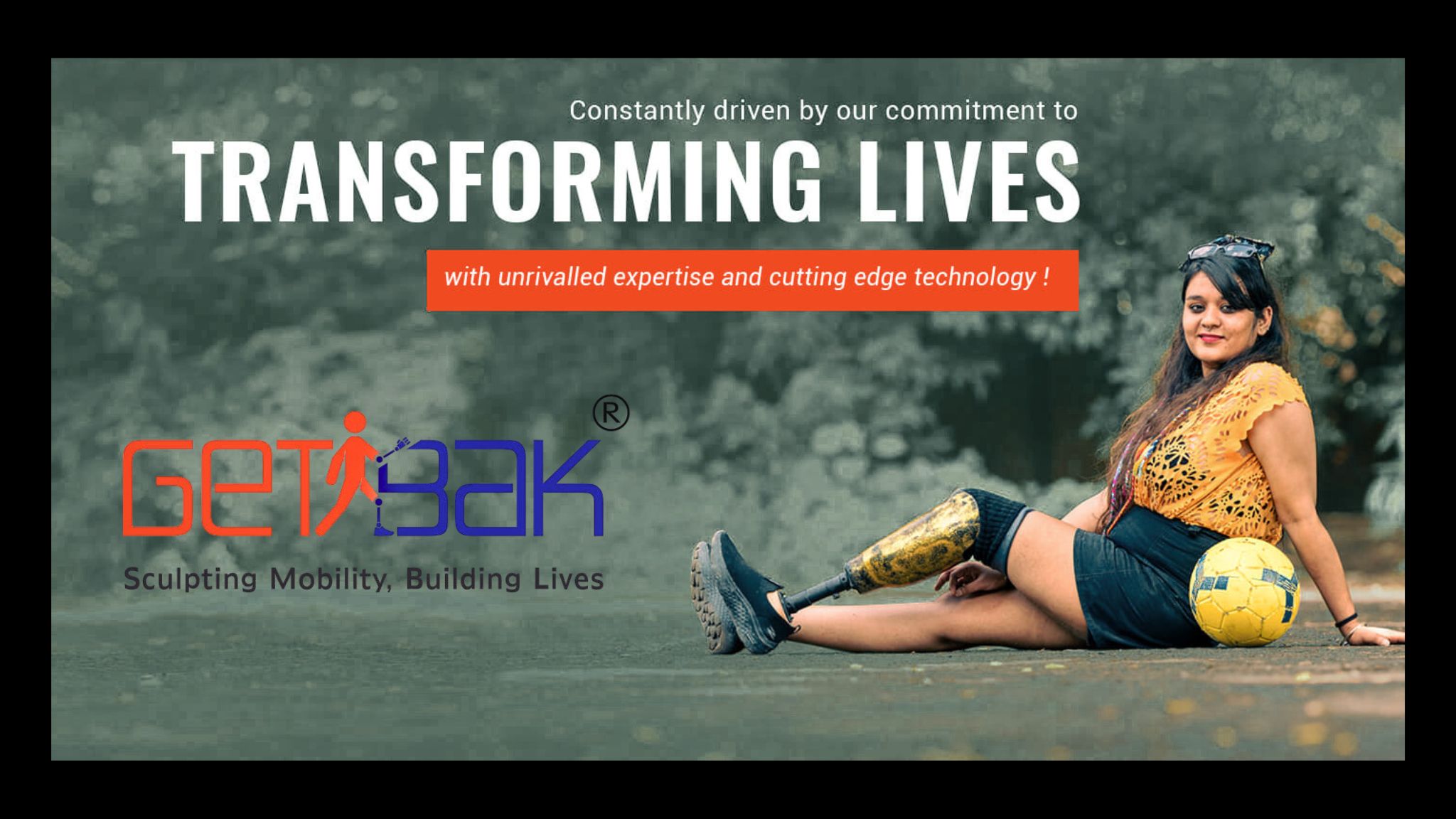When you walk through Gujarat, business is everywhere. A chaiwala talking about margins, a trader discussing rates, a shopkeeper balancing his hisaab in his head. For us Gujaratis, dhandho is not just business — it’s everyday life.
Among all trades, textiles have given us the strongest identity. Surat with its buzzing looms, Ahmedabad with its old cotton mills — together, these cities have clothed not just Gujarat but the whole of India.
And with World Cotton Day (7th October) around the corner, it’s the right moment to look at how cotton built these cities, and how the people behind them turned simple threads into legacies.
Ahmedabad: The Manchester of India
Ask any elder in Ahmedabad, and they’ll tell you how the city once earned the name Manchester of India. Mills like Calico and Arvind were not just factories — they were lifelines. Thousands worked there, and whole neighborhoods grew around the mill gates. Cotton wasn’t only cloth; it was food on the table, fees for school, and security for families.
The old chimneys don’t smoke the way they used to, many mills have shut, but the city hasn’t lost its business spirit. Arvind Limited, which began in 1931, is the perfect example. From making cotton textiles, it reinvented itself into one of the world’s biggest denim suppliers. Today, if you pick up a pair of Levi’s or shop at H&M, chances are Ahmedabad’s cotton has touched it.
Even Ashima Group continues that legacy, producing fabrics that travel far beyond Gujarat. And though Calico Mills is only a memory now, its name still sparks stories — of workers lining up at sirens, of cloth stacked high in warehouses, of a city that beat with the rhythm of its mills. Not just this but many more like Deepkala founded in 1939 is still on the mouth of people.
Walk through Raipur or Kalupur even today, and you’ll hear the same buzz. Traders folding cotton, shopkeepers calling out to buyers, deals struck over a smile and a nod. Ahmedabad reminds us: industries may fade, but Gujarati dhandho always finds another way to thrive.

Surat: The Saree and Cotton Hub
If Ahmedabad represents history, Surat represents scale. Known as the “Silk City” and “Saree Capital of India,” Surat is also one of India’s largest cotton trading hubs. The city produces more than 40% of India’s man-made fabric, but cotton still holds a special place.
The Fairdeal Textile Market on Ring Road, along with 451 Market and Universal Textile Market, are buzzing centers where lakhs of traders and workers depend on cotton trade every day.
Brands like Garden Vareli grew out of Surat’s textile boom, turning simple cotton sarees into a household name across India. Small families who once worked with one handloom now run showrooms that export fabrics to Delhi, Mumbai, and Dubai. Surat proves the Gujpreneur philosophy: start small, dream big, and the world will notice you.
Cotton and the Gujarati Way of Dhandho
Why do Gujaratis succeed in textiles? The answer lies in how we do business. In Surat, a handshake can still close a deal. In Ahmedabad, vishwas (trust) matters as much as profit. Customers come back not only for fabric but for relationships built across generations.
Adaptability is another key. When polyester became popular, Surat’s loom owners didn’t resist—they upgraded their machines. During the pandemic, the same people who once stitched cotton sarees were making masks and PPE kits almost overnight. That’s Gujarati dhandho in action — turning problems into fresh chances instead of running away from them.
Startups and the New Generation
The new generation of Gujpreneurs doesn’t look at cotton the way their fathers did. In Surat, many youngsters are running Instagram pages where they post new saree designs every day, take orders on WhatsApp, and ship parcels across India. Some even sell live on video calls to NRI customers sitting in London or New Jersey.
In Ahmedabad, you’ll find small studios experimenting with organic cotton, hand block prints, and natural dyes. These are not giant factories — often just two friends or siblings working out of a rented space. But their customers love that mix of tradition and freshness.
Big names are changing too. Look at Arvind Mills — once known just for regular cotton, now they talk about organic fabric, less water, cleaner denim. Why? Because buyers today ask questions our fathers never did: “How is this made? Is it safe for the planet?”
At the same time, walk into a small Ahmedabad studio and you’ll see young designers cutting handloom cotton into jackets, dresses, even office wear. It’s the same old fabric, but in a new style. College kids love it because it feels easy, looks modern, and still carries a Gujarati touch.
This is what makes the new wave exciting: it’s not only about fabric anymore. It’s about identity, creativity, and carrying forward the cotton story in a way that fits today’s world.

People Behind the Fabric
In Surat, the powerlooms don’t stop, even when the sun has gone to sleep. Families sit together, side by side, hands moving fast, making sure cotton fabric reaches the buyers on time. Some of these families started with just one loom in a tiny rented room. Nothing else. And yet, somehow, they built something. One piece at a time. One order at a time.
Ahmedabad tells a similar story, but differently. On narrow lanes, small shops sell cotton dress material. Many of these shops are run by the children of old mill workers. They take orders on WhatsApp, pack the fabric carefully, and send it to towns far away. And they laugh when they remember their parents coming home from the mills, exhausted, but always making sure the family didn’t run out of hope—or food.
Big factories matter, yes. But honestly? The real heartbeat of Gujarat’s textile story is here—in these small rooms, busy streets, hands that have been weaving cotton for generations. Ordinary people, ordinary streets, small celebrations of little wins, building something extraordinary without even thinking about it. That’s Gujarat for you.
Gujarat’s Cotton on the Global Stage
Gujarat contributes more than one-third of India’s cotton production. From spinning to weaving, from the little workshops to the big factories, cotton is everywhere in Gujarat. You can’t escape it—literally runs through everything we do. And people notice—buyers from Africa, the Middle East, even Europe—they keep coming back because they know, no matter what, Gujarat cotton will deliver. Always.
Ahmedabad’s denim exports and Surat’s cotton sarees reach markets as far as the US and UAE. What makes this possible is not only the scale but the credibility built over decades. Gujaratis understand that in business, reputation travels faster than fabric.
Conclusion: Cotton as Gujarat’s Identity
You know, cotton is not just a crop. It’s not just fabric. It’s Gujarat. It’s in our homes, our streets, our markets. Ahmedabad mills, Surat markets—cotton has fed families, made small fortunes, built reputations. And it still does.
On World Cotton Day, think about all the people who keep this going. The big factories like Arvind, yes, but also the old familiar brands like Garden Vareli. And don’t forget the single weaver in Surat, sitting late at night, threading one loom, hoping his order reaches on time. All of them—different scales, different stories—but all showing the same thing: Gujarati dhandho can take something simple and make it last.
Stay connected with Gujpreneur for more inspiration and updates from the world of entrepreneurs!







